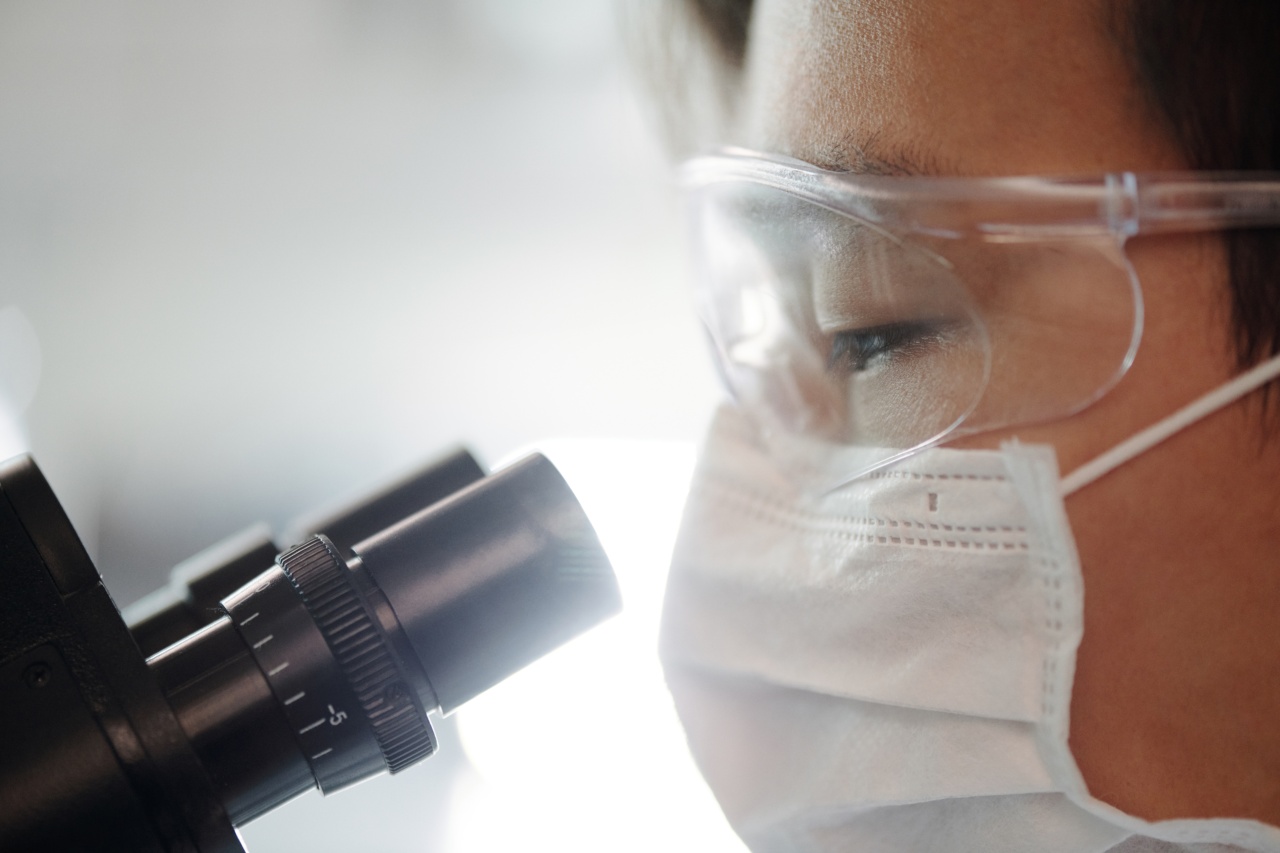Cancer is still one of the leading causes of death worldwide, and early detection is crucial for effective treatment. However, many types of cancer are challenging to detect, even with regular screenings and diagnostic procedures.
The good news is that a new technology has emerged that can detect more than 20 different types of cancer with a simple blood test.
How Does It Work?
The technology is a type of liquid biopsy that tracks cancer-specific DNA in the blood. Each person’s DNA is unique, and when healthy cells mutate into cancerous ones, they release fragments of DNA into the bloodstream.
These fragments are known as circulating tumor DNA (ctDNA).
The new technology can detect ctDNA in a person’s blood and identify which specific mutations are associated with different types of cancer.
The process involves sequencing the DNA and analyzing it for specific mutations that are known to be associated with cancer. The test can detect ctDNA from various types of cancer, including breast, lung, ovarian, colorectal, and pancreatic cancers.
Accuracy of the Test
The new technology has been tested extensively, and the results are promising. In one study, the test accurately identified cancer in 96% of patients who had advanced-stage cancer.
In another study, the test detected cancer in 70% of patients who had early-stage cancer.
The test is highly accurate and has a low false-positive rate, meaning that it rarely detects cancer when there is none present. This accuracy is crucial for reducing the number of unnecessary biopsies and other invasive procedures.
Benefits of the Test
The new technology has several benefits, making it an exciting development for cancer patients and healthcare providers.
Firstly, the test is non-invasive, meaning that it requires only a simple blood draw, reducing the discomfort and recovery time associated with traditional biopsies. Additionally, the test is much faster than traditional diagnostic procedures, giving patients the results within days, compared to weeks or months for traditional biopsies.
The new technology is more sensitive than traditional diagnostic procedures, meaning that it can detect cancer at earlier stages than other tests.
Early detection is crucial for successful treatment, and this technology can potentially save lives by identifying cancer when it is most treatable.
Limitations of the Test
Despite the promising results, the new technology is not without its limitations. Firstly, it is only available in a limited number of facilities, meaning that many people may not have access to it.
Additionally, the test is not yet covered by insurance, making it costly for many patients.
Another limitation of the test is that it is not yet approved for use as a screening tool. While it can detect cancer accurately, it cannot rule out the presence of cancer entirely.
Therefore, the test is currently only used to confirm the presence of cancer when it is suspected.
Future of Cancer Detection
The new technology is an exciting development in cancer detection, and it has the potential to revolutionize cancer screening and diagnosis.
While it is still in the early stages of development, researchers are hopeful that it will become more widely available and affordable in the future.
Many experts believe that the new technology will complement traditional cancer diagnosis procedures, allowing doctors to offer more personalized treatment plans that are tailored to each patient’s specific genetic mutations.
Conclusion
The new technology that can detect over 20 types of cancer through a simple blood test is a significant development in cancer detection.
It is highly accurate, non-invasive, and quick, making it an attractive option for cancer patients and healthcare providers. While it still has limitations and is not yet widely available, it has the potential to save countless lives by detecting cancer at earlier stages and allowing for more personalized treatment.

























